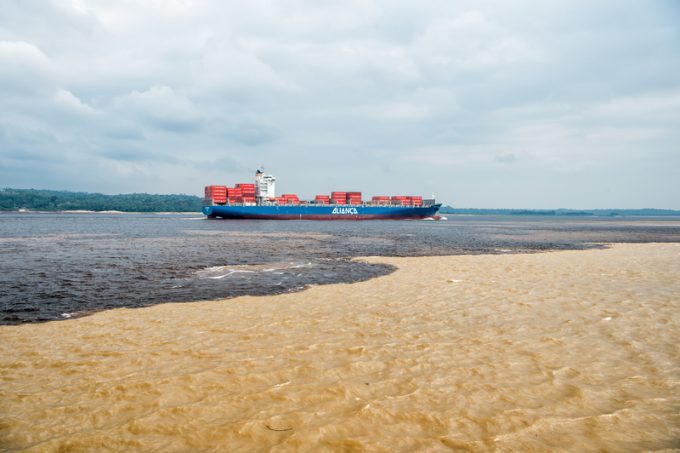Two killed after Houthi attacks resume on merchant ships
Insurance premiums look set to spike for the few carriers braving Red Sea transits, after ...

Record low water levels on the Amazon River are disrupting cargo flows to and from Brazil’s seventh-largest port and the nearby free trade zone.
Two major container carriers – CMA CGM and Maersk – have advised customers that direct service to the port of Manaus is ...

Comment on this article